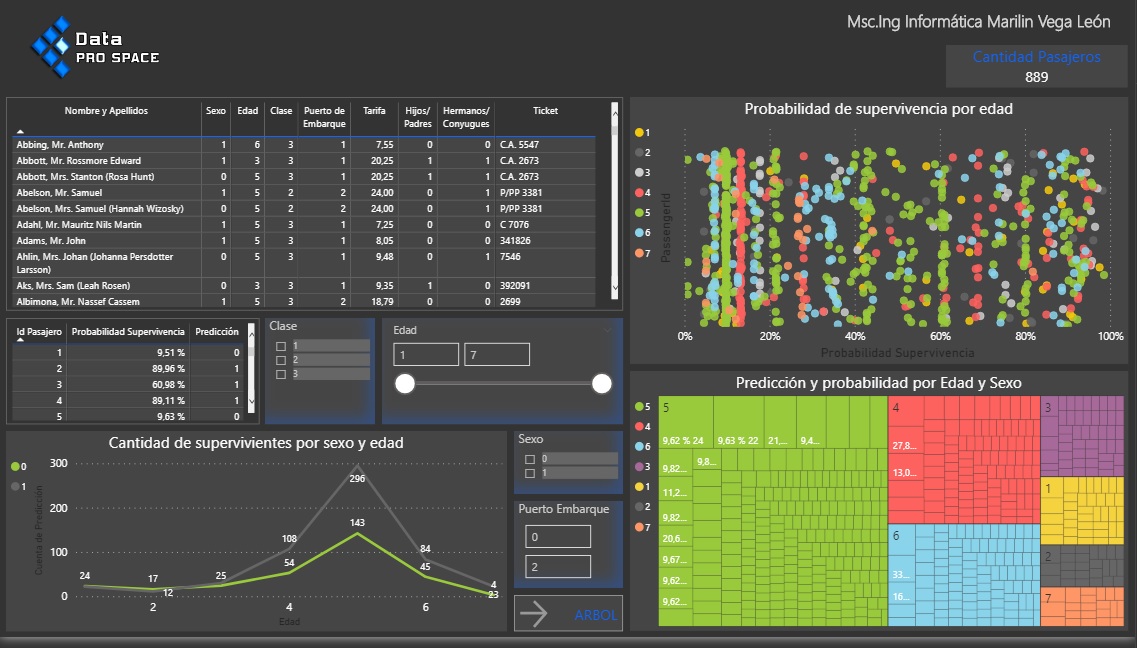

- Power bi vs power bi desktop pro#
- Power bi vs power bi desktop download#
- Power bi vs power bi desktop free#
Power bi vs power bi desktop pro#
The Pro licence is a chargeable, per user licence which is currently £7.50 per user per month.

This makes the report publicly available on.
Power bi vs power bi desktop free#
The only method of sharing a Report open to Free licence users is to publish the Report to the Web.

The most obvious is that Free licences cannot share Reports or Dashboards with other users, neither can they view Reports or Dashboards shared from other Pro licence users. Power BI Free LimitationsĪlthough powerful, the Power BI free licence has several limitations. These reports can be refreshed up to 8 times a day, with a minimum of 30 minutes between each refresh. The maximum size of a Power BI report that can be hosted in the cloud is 1GB. A Power BI Free licence gives the user 10GB of storage in the cloud that can be used for hosting Power BI reports, or Excel workbooks.

Users can sign up for one simply by registering here. The Power BI Free licence is the entry-level licence for Power BI. To access Power BI in the cloud you’ll need a licence, either Free or Pro. However, once you’ve built your Report, in order to share it with others, export it to PowerPoint or simply print the Report you’ll need a Power BI account in the cloud. Power BI Desktop lets you create Data Models and build Reports, but does not need a Power BI licence.
Power bi vs power bi desktop download#
The Power BI desktop application is a free download from Microsoft, you can get it here. Our in depth look at each shows exactly how they differ and will help you make the right decision: Power BI desktop – free softwareīefore getting in to licence detail, it’s worth mentioning one element of Power BI that does not need a licence. Manage access control through Active Directory Groups Power BI Report Server (On Premise Server)Īccess on-premises data via Gateways (Personal & Enterprise) Import from Excel, CSV, and Power BI desktop Files Share Dashboards & reports with other BI UsersĬonsume Curated Content Packs (Dynamics, Salesforce, Google Analytics) Update: We cover licencing in our new Youtube Video, Depending on how much capacity you need, this need for storage could drive your cost up, but you also aren’t going to be charged for usage.īoth of the previous points will need to be balanced out with the requirements for data transformation, data sources, and performance as well the element of cost.Update: In December 2020 Microsoft Announced their new “Premium Per User” Licence I’ve written about it here Power BI Licences, what is Premium Per User ? If you are going to be using Import for every report and every team, then you’re bound to be storing more data on your Service instance. On the flip side, Microsoft is going to charge you for the capacity that you have on Power BI Service. All of this depends on what service you’re querying and what they’re price is for said services, but you need to take that into consideration. Add in multiple reports and teams and then you might start running into a big price tag from the service provider. Lots of cloud based services like Snowflake will bill you based upon usage, so if you’re using Direct Query with lots of users you’re going to be using quite a bit of their services. Now that we understand some of the differentiators between Direct Query and Import, let’s talk about how your organization can game plan what method to use.īeyond the pros and cons listed above, there are a couple of factors that need to be considered when deciding your method.


 0 kommentar(er)
0 kommentar(er)
